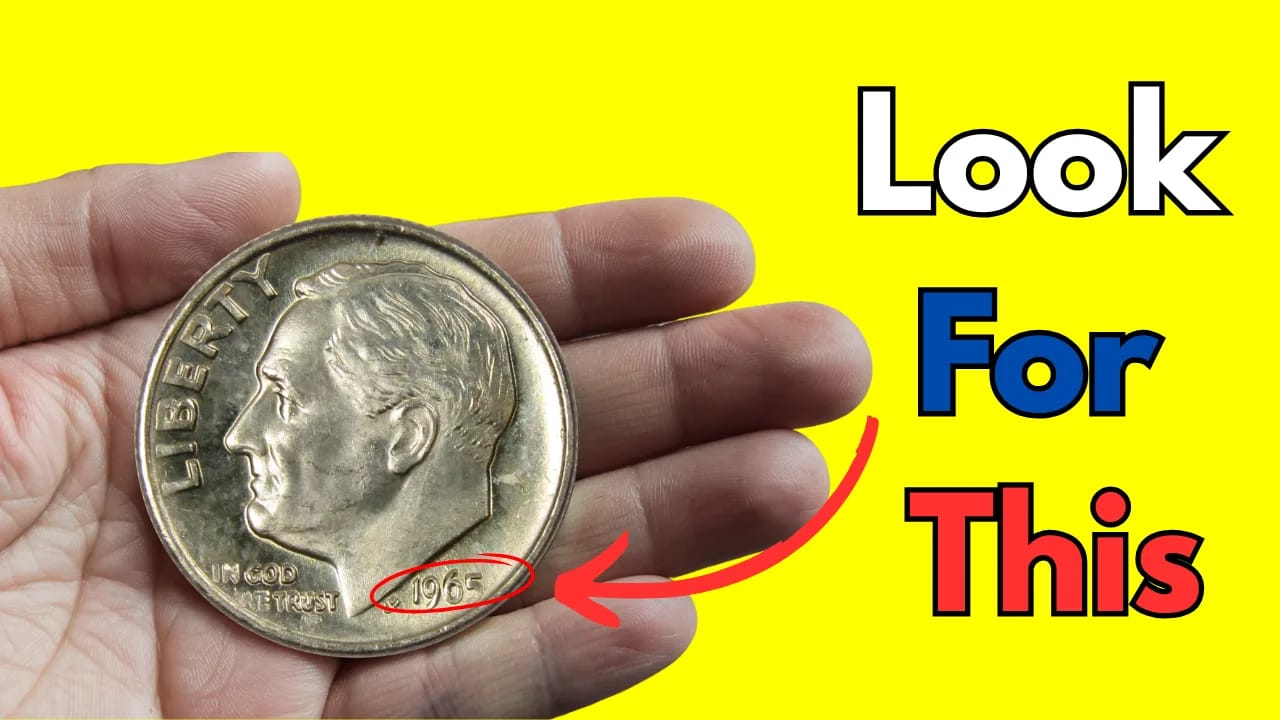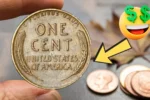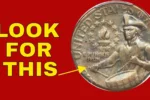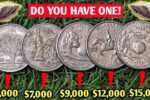The Rare Bicentennial Quarter Valued at $2.5 Billion, Still in Circulation
Most of us pass coins through our hands without thinking twice. But what if one of those coins is actually worth $1 million? That’s exactly what has people buzzing about a rare Bicentennial Quarter that is still in circulation today. It’s easy to overlook, but if you know what to look for, you might just find yourself holding a piece of history—and wealth.
The 1976 Bicentennial Quarter was created to mark 200 years of American independence. While millions were made, only a few special versions of this coin are extremely rare and valuable. One of them, because of its unique features and minting background, is said to be worth around $1 million.
The Story Behind the Bicentennial Quarter
In 1976, the United States celebrated its 200th birthday, and part of that celebration involved releasing special coins. The regular Washington quarter was redesigned for this event. Instead of the usual eagle, the back of the coin featured a Revolutionary War drummer boy, along with the dates 1776–1976.
Though these coins were widely circulated, a few were made under different conditions—such as being struck in 90% silver, or having rare errors—and these are the ones collectors treasure. Over time, their value has skyrocketed, especially for the rarest versions in perfect condition.
Why This Quarter Is Worth $1 Million
Let’s be clear—not every Bicentennial Quarter is valuable. Most are only worth face value. But certain ones stand out due to:
-
Low mintage or test strikes
-
Special mint errors
-
Being struck on silver planchets
-
High-grade proof condition
One particular coin has made headlines due to its rarity and demand among collectors. Believed to be a prototype or an error coin, it was never intended for circulation but somehow ended up in the public. Because of its mysterious origins, it is estimated to be worth around $1 million today.
Overview Table: Rare Bicentennial Quarter at a Glance
| Feature | Details |
|---|---|
| Coin Type | Bicentennial Quarter (1776–1976) |
| Reverse Design | Drummer boy with torch |
| Special Feature | Rare mint error / silver content / test strike |
| Mint | Possible rare mint (e.g., San Francisco or Denver) |
| Material (Rare Versions) | 90% Silver or unique composition |
| Estimated Value | Up to $1,000,000 |
| Circulation Status | Still possibly in public hands |
How to Check If You Have This Rare Coin
Finding one of these rare coins isn’t easy—but it’s not impossible. Many people find rare coins in pocket change, coin rolls, or even in old family boxes. Here’s how to check if you have something valuable:
-
Check the Date: It must say 1776–1976.
-
Inspect the Reverse: Look for the drummer boy design.
-
Check the Edges: If it’s silver, the edge won’t show copper.
-
Look for Errors: Misaligned text, double images, or off-center strikes.
-
Feel and Weight: Silver coins weigh a bit more and feel smoother.
-
Get It Graded: A coin grading service can confirm its authenticity and value.
If your coin checks all the boxes, it’s worth getting a professional opinion. A rare coin in mint condition can be a life-changing discovery.
Where Are These Coins Found?
You might wonder how a $1 million coin is still in circulation. The answer lies in the fact that millions of these quarters were minted, and rare ones were mixed into general circulation—sometimes by accident, sometimes unknowingly. Many ended up in jars, drawers, or were passed down through families.
Coin roll hunting—buying rolls of quarters from the bank and checking them for valuable finds—has become a popular hobby for those hoping to strike it lucky.
Don’t Clean the Coin!
If you think you’ve found a rare coin, do not clean it. Cleaning a coin may scratch or damage it, which reduces its value significantly. Even a light rub can lower what collectors are willing to pay. Leave it as-is and protect it in a plastic sleeve or coin holder until you get it appraised.
FAQs: Rare Bicentennial Quarter
Q1: Are all Bicentennial Quarters valuable?
A: No. Most are worth just 25 cents. Only specific versions—like silver proofs, mint errors, or uncirculated versions—can fetch high prices.
Q2: What is a “proof coin”?
A: Proof coins are specially minted for collectors. They have a shiny, mirror-like finish and are usually not meant for general circulation. These are more valuable if kept in perfect condition.
Q3: How do I sell a rare quarter?
A: First, get it graded by a professional service like PCGS or NGC. Then you can sell through trusted dealers, auction houses, or online marketplaces that deal in rare coins.
Q4: What does a silver quarter look like?
A: It will be brighter and lack the copper-colored edge found in modern quarters. Also, it weighs a bit more than standard quarters.
Q5: Is it legal to own and sell rare coins like this?
A: Yes, it’s completely legal. Rare coins are often sold in auctions and private sales. Just make sure you have the coin appraised properly to avoid scams.
Final Thoughts
The idea that a simple coin could be worth a fortune is exciting—and it’s true in the case of the rare Bicentennial Quarter. While most quarters are common and hold no extra value, a few rare gems are worth thousands—or even $1 million.
These coins remind us that treasures can be found in the most unexpected places. So next time you get change at the store, take a moment to flip that quarter over. The drummer boy might just drum up a big payday for you.
It’s always worth checking. You never know when history—and fortune—might be hiding in your hands.




